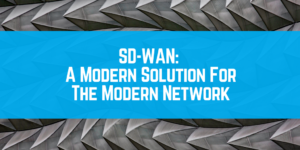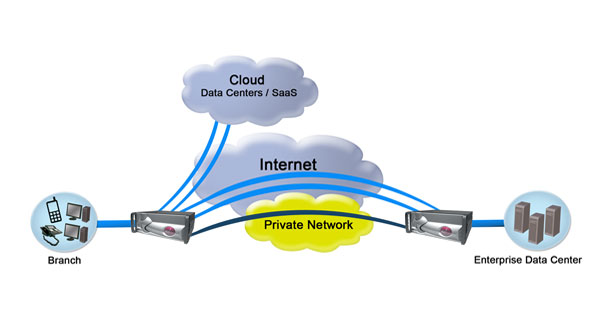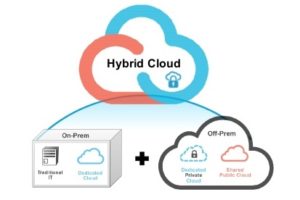Empowering County Connectivity: A Journey to 10 Gig Bandwidth Deployment with FatPipe WARP

In an era where connectivity is integral for operations, counties face increasing demands for robust network infrastructure. The deployment of two High Availability 10 gig standard WARPs by FatPipe represents a significant technological milestone for a purpose-led county.
Unlike traditional solutions, FatPipe is uniquely capable of seamlessly failover VoIP, video, VPN, and data from one line to another in a sub-second without dropping calls or disrupting services. This unparalleled capability ensures uninterrupted communication and data access, even during emergencies or network disruptions. One of the distinguishing features of FatPipe technology is its ability to avoid duplication, thereby ensuring optimal bandwidth utilization. This becomes particularly crucial in the context of a 10 Gig deployment, where efficient resource allocation is crucial for meeting the county’s diverse needs.
FatPipe Helps Fulfill the Objectives of the County Effectively
The transition to a 10 gig network leads to a new era of efficiency and capability for the county. With a mandate encompassing the maintenance of peace, tax collection, and infrastructure management, the county relies heavily on seamless connectivity. Bandwidth limitations impeded the county’s critical operations, particularly for the Emergency Management Agency. Time-critical situations demanded swift access to information, underscoring the urgency for robust connectivity.

The 10 gig network not only meets current demands but also lays the foundation for future growth, enabling the county to leverage advanced technologies and streamline operations effectively.
Additional Benefit to the County Thanks to FatPipe’s Site Load Balancing
FatPipe’s add-on feature, Site Load Balancing, augments the county’s network with enhanced redundancy and availability. Facilitating failover between multiple locations and distributing traffic intelligently, this feature ensures uninterrupted connectivity even in the face of disruptions. FatPipe products emerge as the sole solution capable of automating failover processes seamlessly, regardless of carrier specifications, thereby enhancing network resilience and reliability.
FatPipe recognizes the mission-critical nature of county WAN connectivity and is committed to delivering unparalleled customer service and satisfaction. Backed by a team of talented technical and support engineers, FatPipe ensures that county operations remain uninterrupted, with a level of expertise and dedication that is truly “Best of Breed.”
The journey towards 10 gig bandwidth deployment with FatPipe’s solution demonstrates the county’s commitment to embracing innovation and enhancing operational efficiency. By leveraging the unmatched capabilities of FatPipe technology, the county can effectively address its diverse needs while ensuring reliability, efficiency, and affordability in its network operations. As technology continues to evolve, FatPipe remains dedicated to supporting the county’s mission-critical objectives with innovative solutions and unwavering commitment to customer satisfaction These words by the county’s IT department’s Co-Director, “FatPipe is a cost-effective, easy to set up and maintain, solution that we can count on. FatPipe makes a rare ISP failure unknowable to our users unless I tell them it happened” precisely summarizes the impact of the deployment on the county.





